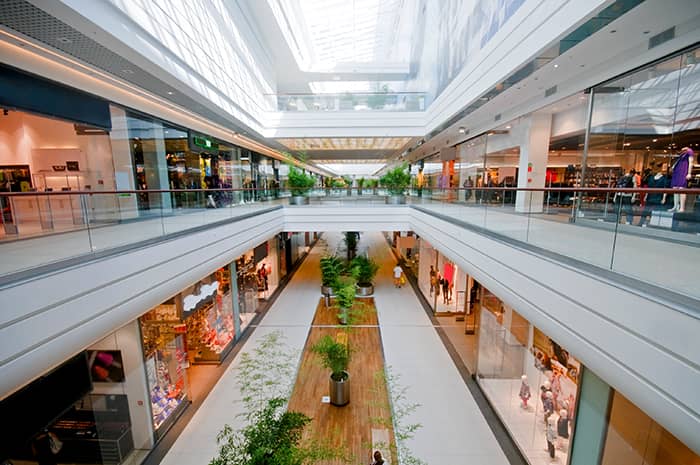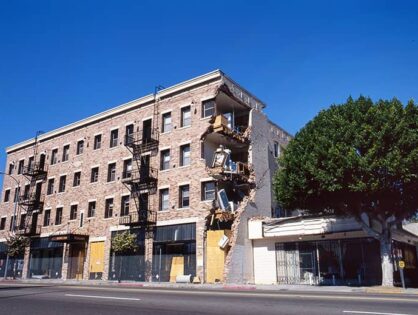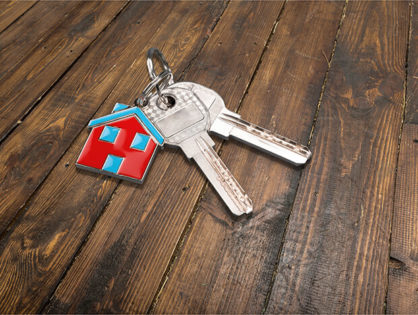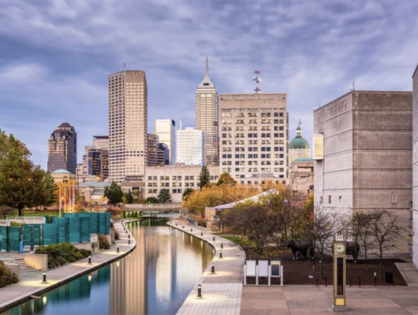How to Invest in Shopping Centers for Beginners (VIDEO)

Investing in shopping centers as a beginner is a great way to gain knowledge of the fundamentals of the different types of shopping centers. There are four critical aspects of shopping center investing that every investor needs to know. Not every shopping center is the same and it doesn’t bring in the same income. The professionals at the Local Records Office created a list of how to gain the most knowledge on investing in strip centers lots like a professional.
Most Common Types of Shopping Centers in Los Angeles
Mall: Malls are the most common shopping centers since we’ve all done our shopping at a mall at least once in our lifetime. Malls can take up to 50 to 100 acres of property; they’re usually enclosed and have central walkways with stores facing each other.
Strip center: Strip centers are usually opened with nothing enclosing them, the most common shape of a strip center is usually U or L shaped to help customers see stores more clearly. These types of centers are usually smaller than the common mall centers and are as big as 30 to 50 acres.
These are the 8 types of shopping centers in the United States:
- The neighborhood center
- The community center
- The regional center
- The sub-regional center
- The fashion/faculty center
- The power center
- The theme center
- The outlet center
The most important keyword to know is the ‘Anchor store’. An anchor is the main store in the shopping center that brings in business, notoriety, and traffic to that store and the rest of the stores. These are examples of anchor stores:
- Walmart
- Home Depot
- CVS
- Target
- Macy’s
- Nordstrom
- Bloomingdale
- Wegman’s
- Trader Joe’s
- Publix
- Aldi
- WinCo Foods
- Costco
- Fry’s
- Whole Foods Market
- Market Basket
Most anchor stores are grocery stores, pharmacies, clothing stores, restaurants, and home improvement stores.
3 Critical Things to Know If You Want to Invest in a Shopping Center in Los Angeles
Shopping centers that are anchored with grocery stores will perform a lot better. Grocery stores have the ability to attract customers on a regular basis. The average family with children goes to the neighborhood grocery an average of 1 to 2 times per week. During the holiday visits can triple and even quadruple.
When families visit the neighborhood grocery shopping center they will usually walk to the surrounding stores next to the anchor store bringing in more visitors.
Another benefit of a grocery store being an anchor store is that everyone needs groceries, so even if the economy is down or up everyone still needs groceries. Invest in shopping centers with multiple stores and tenants: The upside of multiple stores is that if one business moves or goes out of business there are other tenants that will still pay the monthly rent.
As a beginner, if you have the chance to invest in a single-store lot you should keep in mind that if the business moves or goes out of business you will most likely go a few months without rent coming in. That’s the downside of a single-store lot.
Size does not equate to risk: Many investors think that if the lot is large because more stores can be added in the future there will be less of a risk. That is not true. There are risks in ant size shopping centers, small or large. Stores that are located inside the shopping center can be a risk for your shopping center. Radio Shack was a billion-dollar shopping center that had locations all across the United States and is now gone bringing down the shopping centers with them.




